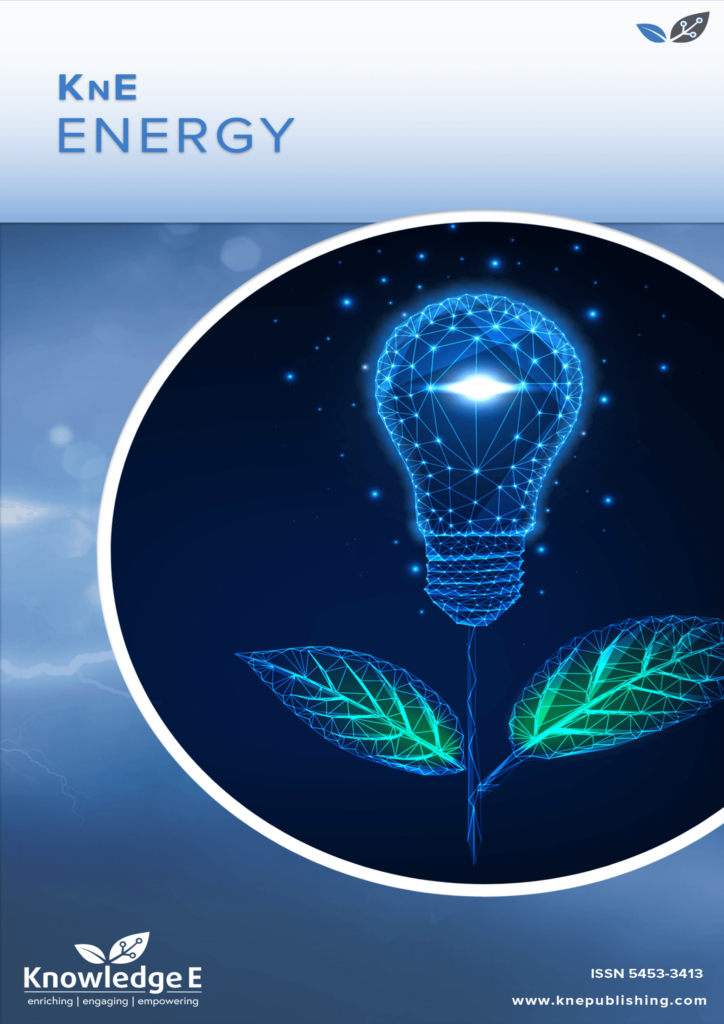
KnE Energy
ISSN: 2413-5453
The latest conference proceedings on energy science, applications and resources
Biological Effect of Continuous, Quasi-Continuous and Pulsed Laser Radiation
Published date:Apr 17 2018
Journal Title: KnE Energy
Issue title: The 2nd International Symposium "Physics, Engineering and Technologies for Biomedicine"
Pages:386–393
Authors:
Abstract:
In this work, for the first time, comparative studies of biological activity of low intensity continuous, quasi-continuous and pulsed laser radiation of nano- and picosecond time ranges with the same average power density are carried out. It is shown, that, despite the significant differences in peak values of intensity of acting factor, both continuous and quasi-continuous radiation and radiation of nano- and picosecond ranges are able to have both stimulating and inhibiting effects on all investigated parameters of functional activity of biological systems in a certain range of dose rates. The ability of laser radiation of near infra-red spectral region (800 - 1340 nm) located out the absorption bands of main chromophores of cells to have regulatory effect on biochemical processes that control the hatching of branchiopod crustaceans Artemia salina L. upon irradiation of their cysts is revealed. The role of molecular oxygen and water as acceptors of laser radiation is discussed.
Keywords: Low intensity laser radiation, Laser activation, Biological activity, Zooplankton Artemia salina L., Sturgeon sperm.
References:
[1] V. Yu. Plavskii, A. V. Mikulich, I. A. Leusenko, A. I. Tretyakova, L. G. Plavskaya, N. S. Serdyuchenko, J. Gao, D. Xiong, and X. Wu, “Spectral Range Optimization to Enhance the Effectiveness of Phototherapy for Neonatal Hyperbilirubinemia,” Journal of Applied Spectroscopy, vol. 84, no. 1, pp. 92–102, 2017.
[2] V. Yu. Plavskii, and N. V. Barulin, “Fish embryos as model for research of biological activity mechanisms of low intensity laser radiation,” In: Advances in Laser and Optics Research. Ed.: W.T. Arkin New York: Nova Science Publishers Inc., vol. 4, pp. 1–48,2010.
[3] V. Yu. Plavskii and N. V. Barulin, “Effect of exposure of sturgeon roe to lowintensity laser radiation on the hardiness of juvenile sturgeon,” Journal of AppliedSpectroscopy, vol. 75, no. 2, pp. 241-250, 2008.
[4] V. Yu. Plavskii and N. V. Barulin, “Effect of polarization and coherence of lowintensity optical radiation on fish embryos,” Journal of Applied Spectroscopy, vol. 75, no. 6, pp. 843-856, 2008.
[5] V. Yu. Plavskii and N. V. Barulin, “How the biological activity of low-intensity laser radiation depends on its modulation frequency,” Journal of Optical Technology, vol. 75, no. 9, pp. 546-552, 2008.
[6] V. Yu. Plavskii, “Principles of creating devices for magneto-laser therapy with a high magnetic field strength within the optical radiation coverage zone,” Materials Science Research Journal, vol. 7, no. 1, pp. 1-25, 2013.